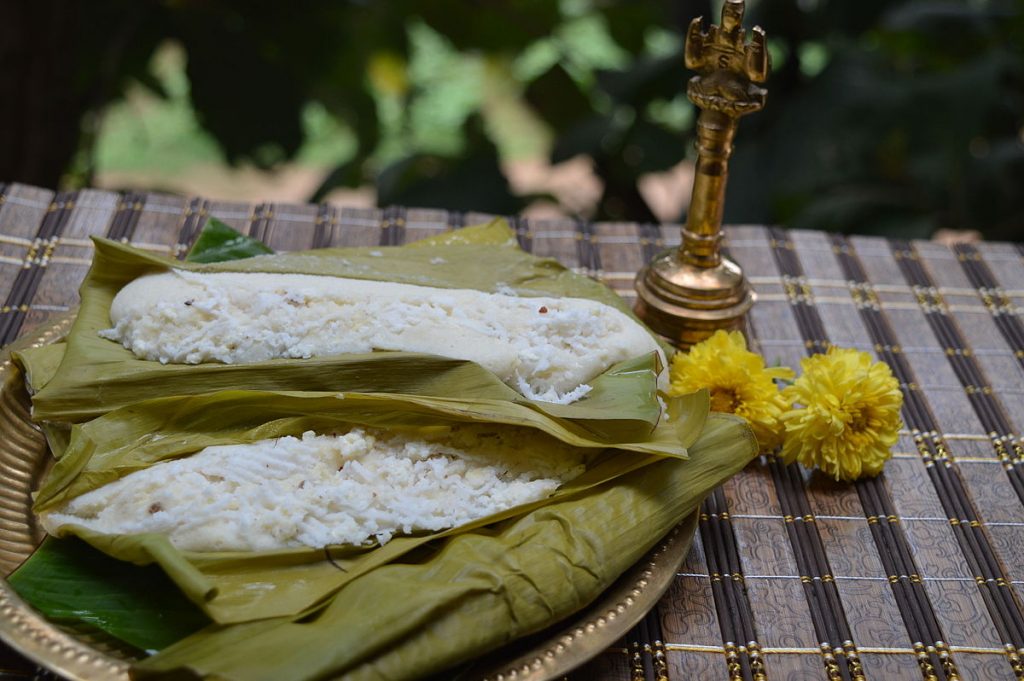The Odia culture and tradition are replete with many festivals that boasts of a rich heritage. Prathamsatami Among those festivals is Prathamastami which celebrates the firstborn of every household in the state.
The age-old Odia tradition of Prathamastami is observed on the Krushna Paksha Astami in the lunar month Margasira (November–December). Since ‘Margasira’ is the first month of the calendar according to the Odia Panjika, it has been named as Prathamastami. The day is celebrated for the longevity, wellness and prosperity of the eldest child of the family called ‘Padhuan’ who shoulders all the responsibilities of the family. In Hindu tradition, the first-borns are entrusted with extra privileges which has its own perks. They are even entitled to the extra or bigger share called the ‘Prathamsatami Jyestha bhaga’.
Prathamsatami

The Ritual
As a part of the tradition, on this day, the maternal uncle called the ‘Astami Bandhu’ Prathamsatami brings new clothes for the eldest child of the house. The clothes are first offered to Lord Ganesh and Ista Devi or Devata after which it is worn by the eldest child. The child is then smeared with sindura (vermilion), Chandan (sandal paste), akshata, dooba grass and flowers.
The ritual starts with offering five sets of grains and mango leaves to the idols of Gods and Goddesses. The child is made to sit on a pidha (wooden pedestal) while he/she is worshipped. A kalash filled with holy water is kept above paddy grains and is kept infront of him/her. Atop the kalash is placed a branch of mango leaves and a coconut is placed on it. Prathamsatami The mother or elder ladies of the house while chanting the prayers wish for the long life of the child.
You can read our another post on The Leaning Temple of Huma: A Unique Architectural Wonder
Mythological Importance
According to Hindu mythology, Lord Krishna and his elder brother Lord Balaram visited their maternal uncle Maharaja Kaansa on this auspicious day and they were given a grand welcome. Prathamsatami Even Lord Jagannath and Lord Balabhadra follows the rituals of Prathamastami by wearing new clothes offered to them by their maternal uncle Madhabanandajew; wherein a special ‘Bandapana’ is arranged for Him.
Similarly, Chandrasekhara, the representative deity of Lord Lingaraj is taken out in a decorated palanquin to his maternal uncle Lord Baruneshwara’s house called the ‘Kapali Matha’ near the famous Papanasini Tank where He is offered new set of clothes and fed Muan (a type of sweetened rice flake balls).
The tradition of Prathamastami was not always about worshipping the eldest of the house. In earlier days, the Margasira month witnessed the season’s first harvest of dhana (rice) and a small Prathamsatami puja was organised to thank Soubhagini Devi, the goddess for the yield. As customary, it was a ceremony performed by the farmer and his family, his eldest son or daughter.
The ritual was a symbol to show to gratitude to the Goddess and to instil two values: hard work always bears fruit and to be always be in appreciation of the gifts one is showered with (which then meant a good harvest year) – and share. Then, Prathamastami was also referred as Soubhagini Astami.
In addition to this, this day was also called as Kala Bhairabaastami due to the now-extinct practice of praying to Lord Bhairav in order to get rid of bad karma.
The festival offerings are pampered heavily on the freshest produce which include numerous varied types of curries, pithas and other delicacies. But Enduri Pitha is the most important and the most significant among all the delicacies. Enduri Pitha is steamed inside the cocoon of fresh turmeric/saal leaves with a filling chenna, jaggery or sugarcane juice and grated coconut. Undoubtedly, it is the subtle aroma and the delicate turmeric colour, that truly embarks Enduri Pitha as one of most remarkable offerings of this festival.
